Survey and Preservation
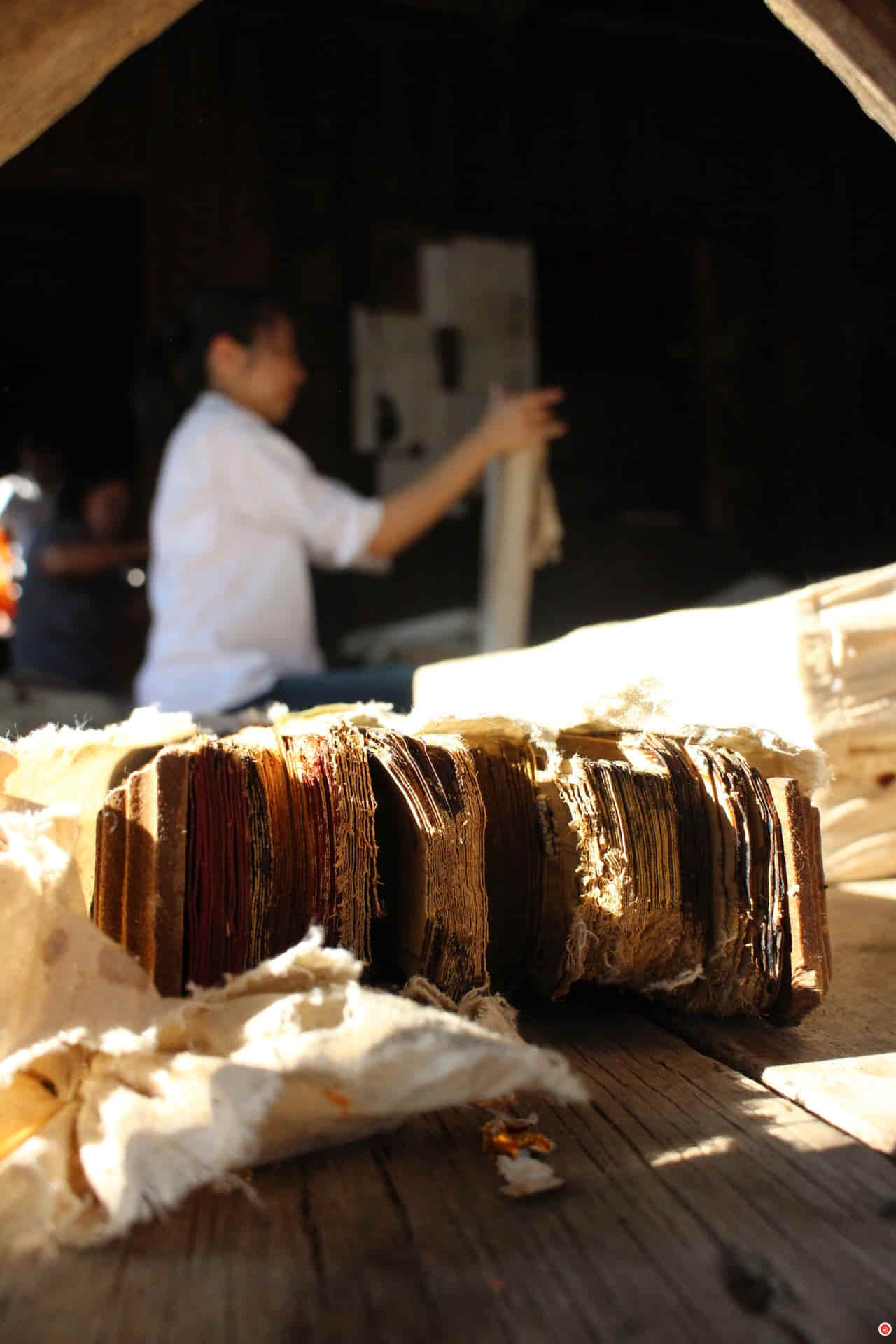
The Center for the Preservation of Ancient Manuscripts (CPAM) is responsible for the systematic survey and digitization of palm-leaf manuscripts. CPAM operates offices in 3 countries: Thailand, Myanmar and Sri Lanka, where dedicated local staff members carry out standardized procedures. These teams not only maintain close coordination among themselves but also collaborate regularly with other local institutions such as temples, museums, universities, and libraries. This joint effort ensures the thorough survey and digitization of palm-leaf manuscripts within the regions where they are housed.
Since 2010, the project has successfully preserved over 10,000 manuscripts from the 4 main traditions, including Sinhalese, Burmese, Khom, Tham, and occasionally Mon scripts. These manuscripts have been transformed into digital image files, forming the foundation for the creation of Pāli Tipiṭaka databases for both scholarly and Buddhist purposes. The process consists of three main steps:
The first stage involves reviewing records of palm-leaf manuscripts housed within national libraries, museums, universities, and various government institutions. Subsequently, written requests are sent to these entities to seek permission for the survey and digitization of the manuscripts.
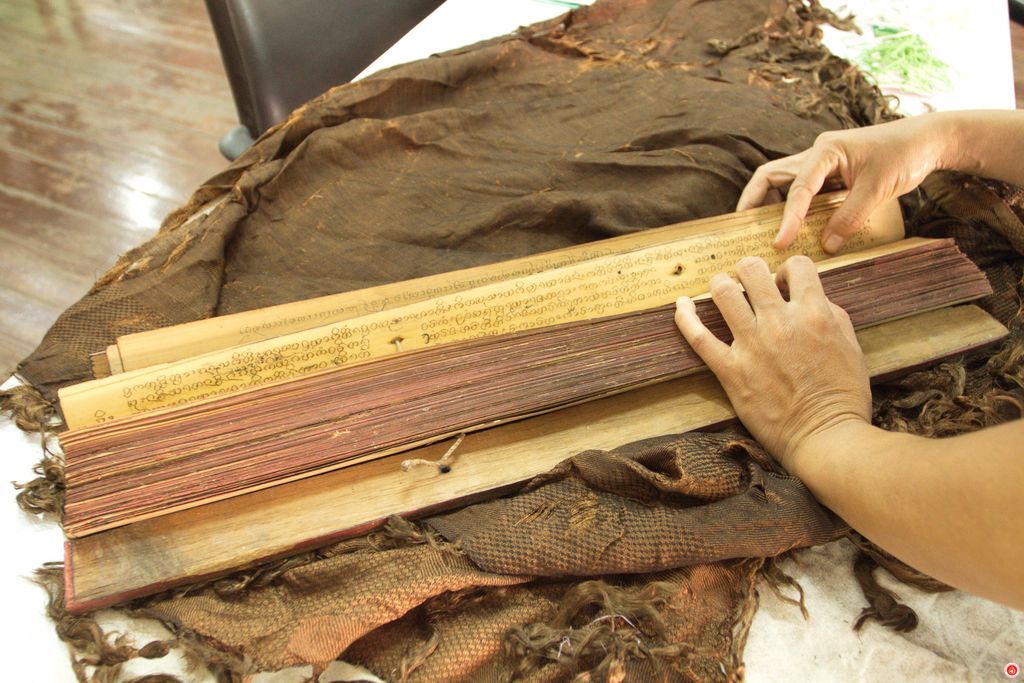
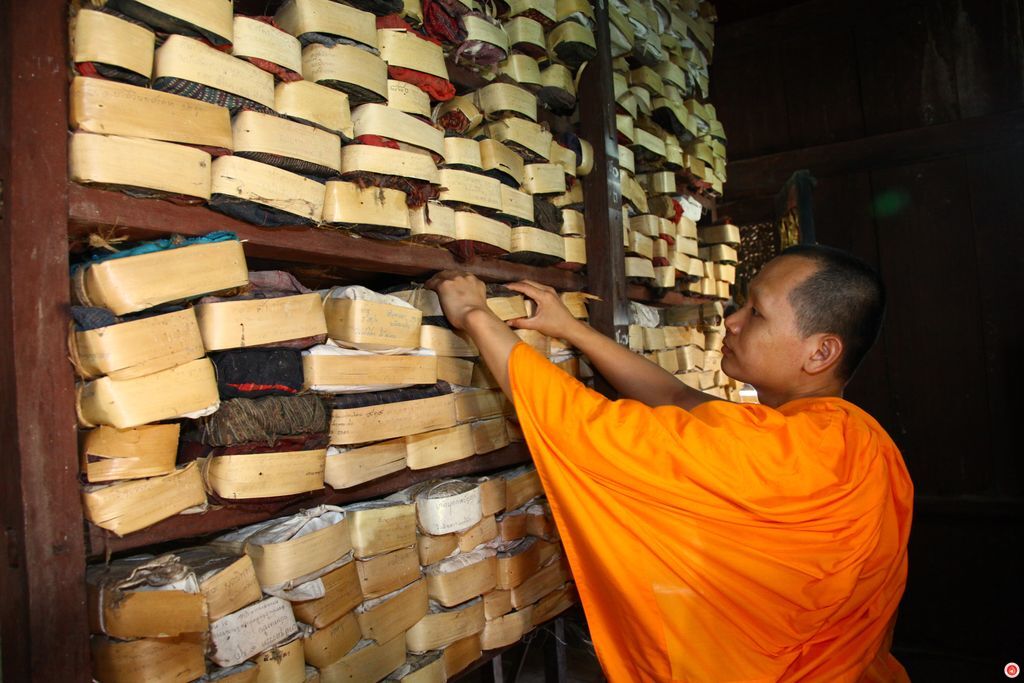
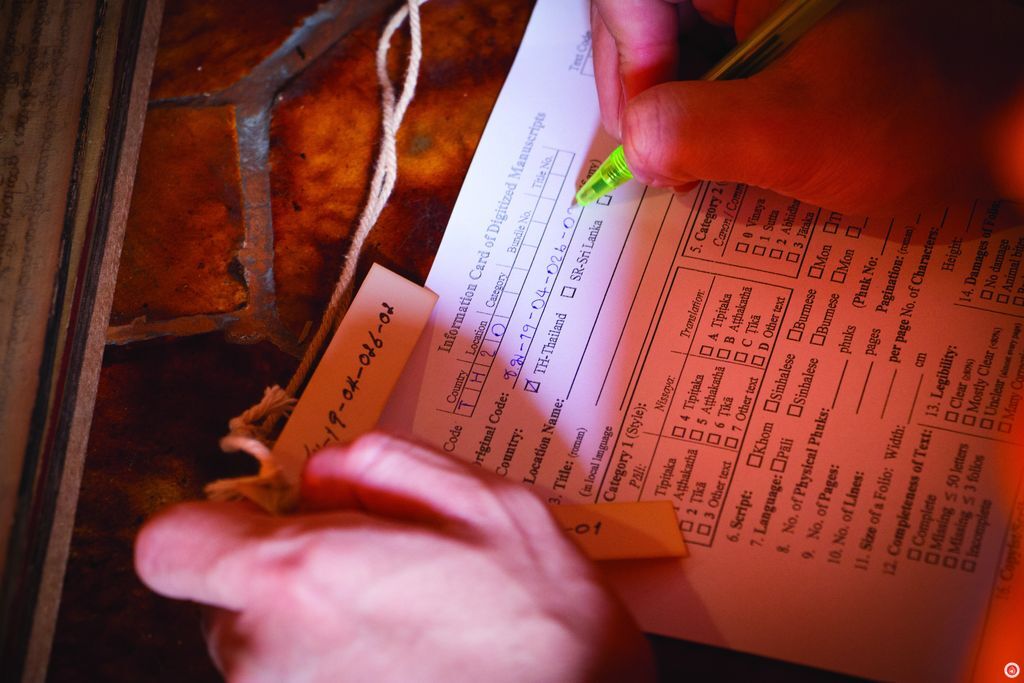
Upon obtaining official authorization, CPAM staff will conduct a thorough evaluation of the palm-leaf manuscripts at the designated location. Should the manuscripts meet the desired criteria of completeness and good condition, they will be organized for registration and subsequent digitization. The steps involved are as follows:
- Registration
Relevant details pertaining to the palm-leaf manuscripts will be meticulously recorded on information cards. These details encompass:
The specific storage location of the manuscripts
Title and classification
Quantity of bundles and lines
Dimensions and size
Script and language
Physical state
Year of inscription according to the Buddhist era or the Thai minor era (Chulasakarat)
Name of the scribe or donor
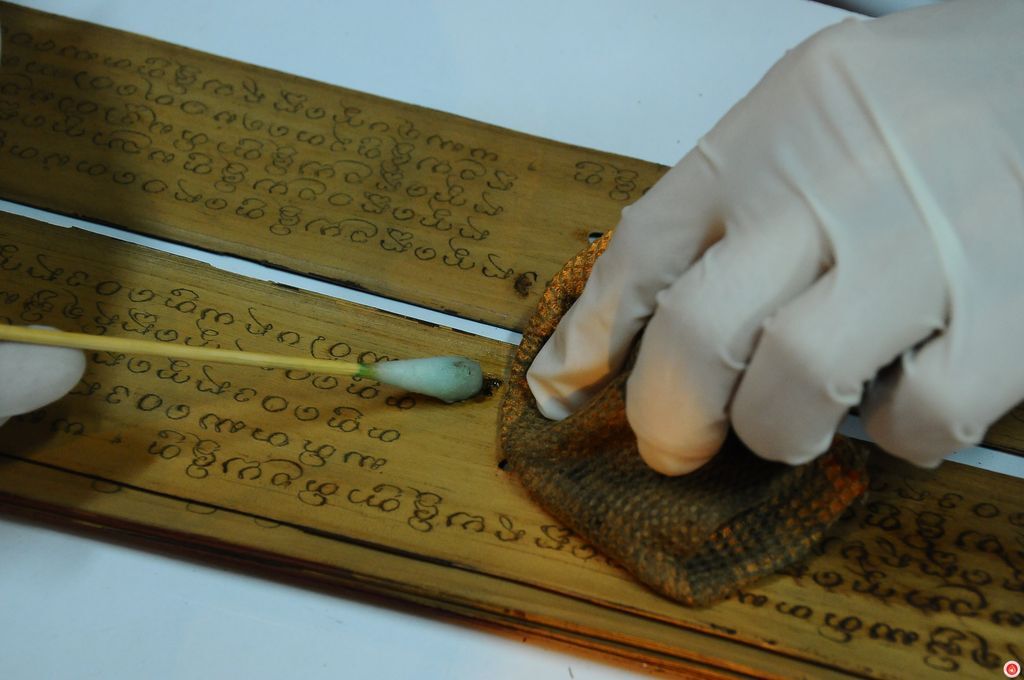
- Cleaning
In this delicate phase, team members are required to wear masks and gloves. They must employ clean, ultrafine cloth and proceed with meticulous care when handling these several-hundred-year-old manuscripts which are remarkably brittle and fragile, demanding utmost caution.
- Setting Up the Equipment
In this delicate phase, team members are required to wear masks and gloves. They must employ clean, ultrafine cloth and proceed with meticulous care when handling these several-hundred-year-old manuscripts which are remarkably brittle and fragile, demanding utmost caution.
Test the photography equipment.
Examine the resolution of the digitized images.
Attach the name of the temple and the title of the texts.
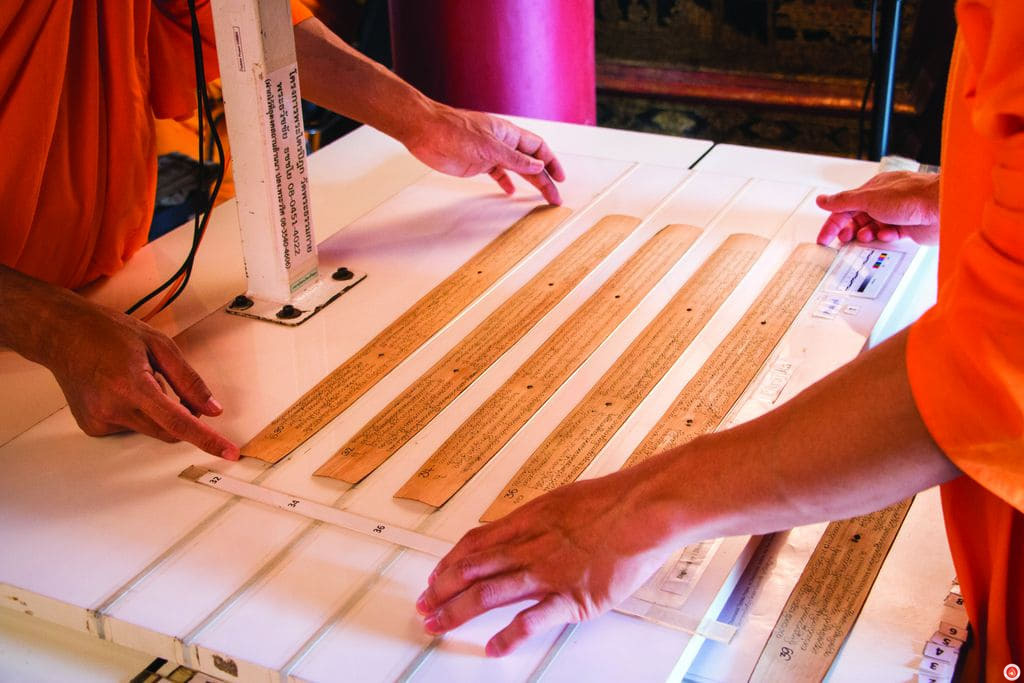
The staff is organized into 2 dedicated teams.
Team 1 :
prepares the palm leaf manuscripts by ensuring that they sit properly on the established gridline, arranges the page number, and checks the overall readiness before the images are captured.
Team 2 :
captures the images using a laptop activated shutter. After each bundle is photographed, Team 2 inspects the resolution of the images, page order of the leaves, the bundle number, the anga and the sequence of the text.
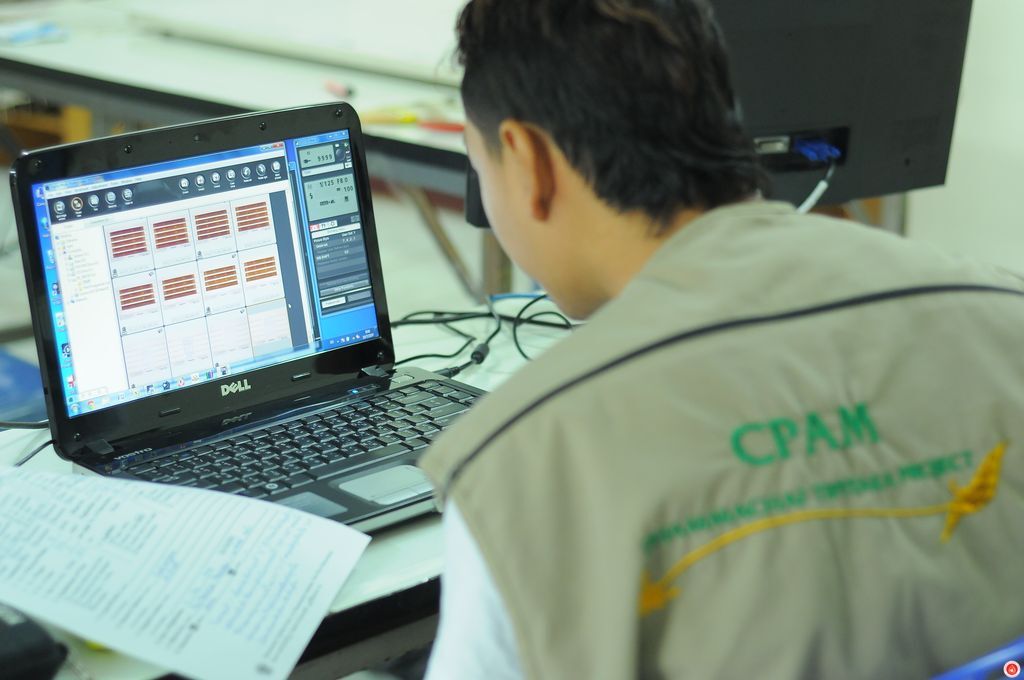
- Storage
Upon the completion of the digitization process, CPAM staff will implement the following storage methods:
Carefully collect and rearrange the manuscripts, maintaining their original bundling to prevent damage while ensuring proper packing-neither too tightly nor too loosely.
Safely place them within fabric bags to provide an additional layer of protection.
As the final step, affix identification labels to the bags. These labels will include details such as the text's title, date of inscription, and inspection date.
Store the bags in cabinets or specially crafted manuscript chests to safeguard their preservation.
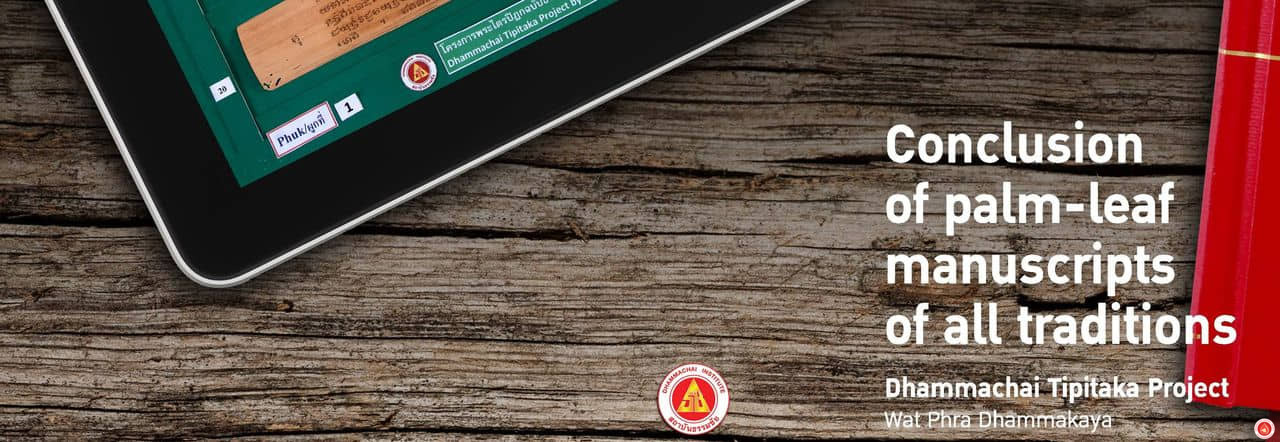
The concluding stage involves the creation of a catalog containing digital images, prominently marked with clear watermarks. Additionally, duplicates of these images are provided to the manuscripts' curator for their reference and safekeeping.